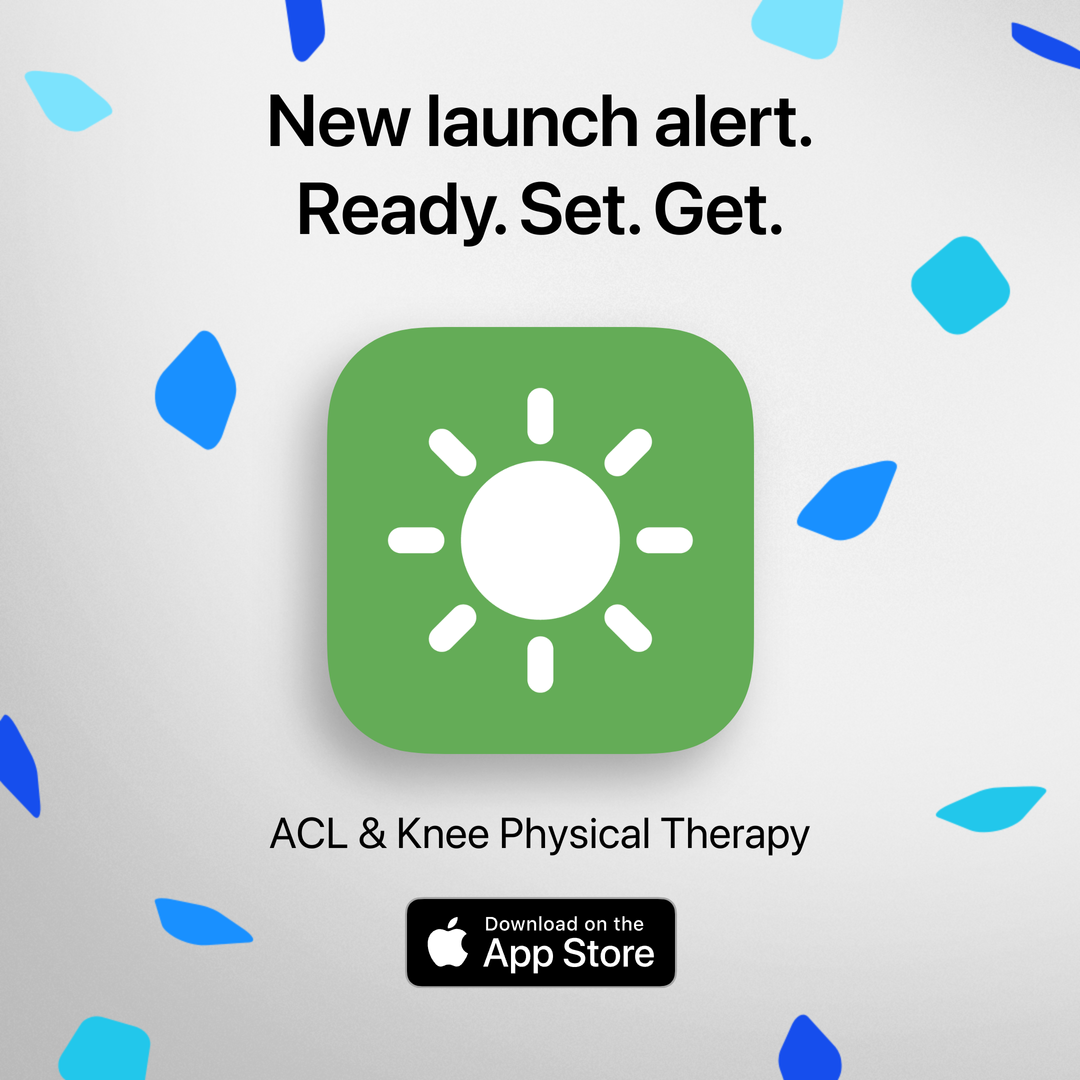Numbness is a normal side effect after ACL surgery. Why this happens will depend on a couple of factors specific to your ACL reconstruction. It can depend on the type of medication that you are given during your surgery and what type of ACL graph you receive. If you got a hamstring tendon autograft you are at a higher risk of feeling numbness. If there was damage to the nerve during surgery it may cause numbness or tingling. Damage can be permanent or temporary. Most people feel numbness in a little circle near the incision site or anywhere from their inner knee down to their ankle. Most people will start to feel this numbness decrease about 6 to 12 months after surgery but, in rare circumstances, it can be permanent.
This video answers the question "why does my knee feel numb and tingly after an ACL surgery?" Physical Therapy student, Lauren, explains how medications, type of ACL surgery graft, and nerve injury during surgery can affect this feeling. This numbness usually goes away within 6-12 months after ACL surgery. Usually the numbness is nothing to worry about and is perfectly normal.
Read the full blog that discusses the reasons your knee feels numb and tingly after ACL surgery here.
Read all 5 of Lauren's blogs here!
An easy and effective way to receive video guidance, similar to this video, after your ACL surgery is to use the Curovate physical therapy app for ACL recovery. Curovate provides daily video guided strengthening exercises, the ability to measure knee range of motion, in-app chat with a physical therapist to answer your surgery and recovery questions and educational blogs and webinars. Find our iOS and Android app for your recovery by clicking the links below.
If you need further customized assistance during your ACL recovery check out our Virtual Physical Therapy page to book your 1-on-1 video session with a physical therapist.


Other recommended blogs
- How does cycling help with my ACL recovery? Is a stationary bike good after ACL surgery? Do I need a stationary bike after ACL surgery
- After ACL surgery, how much help will I need? And help with what?
- Is my ACL graft weaker than my original ACL? Or is my ACL graft stronger than my original ACL?








